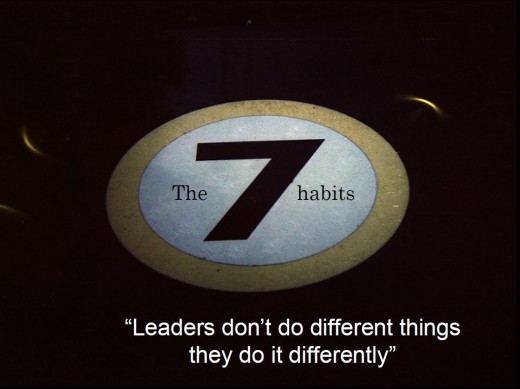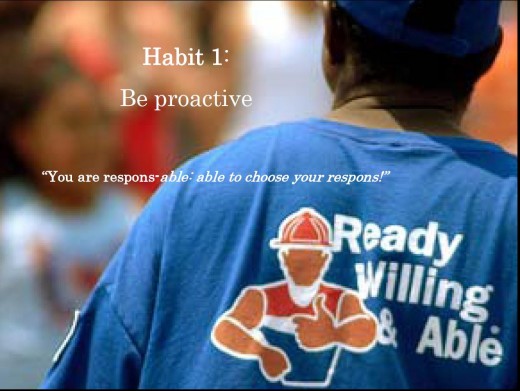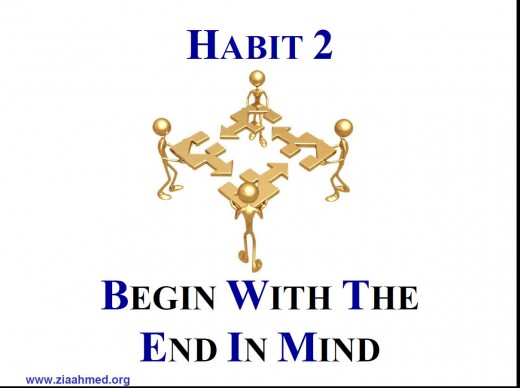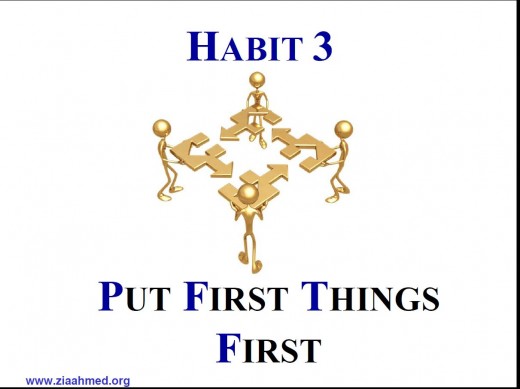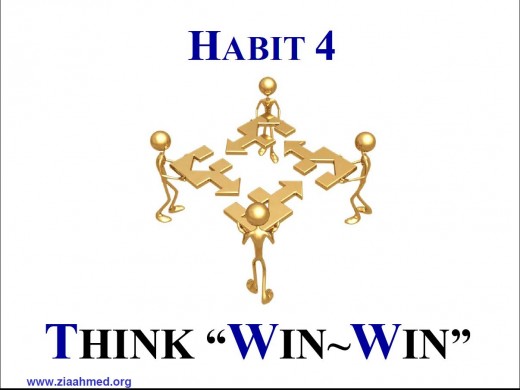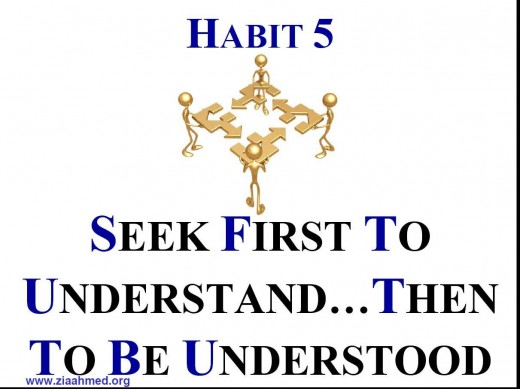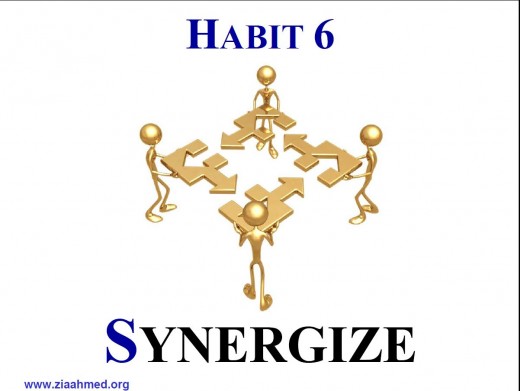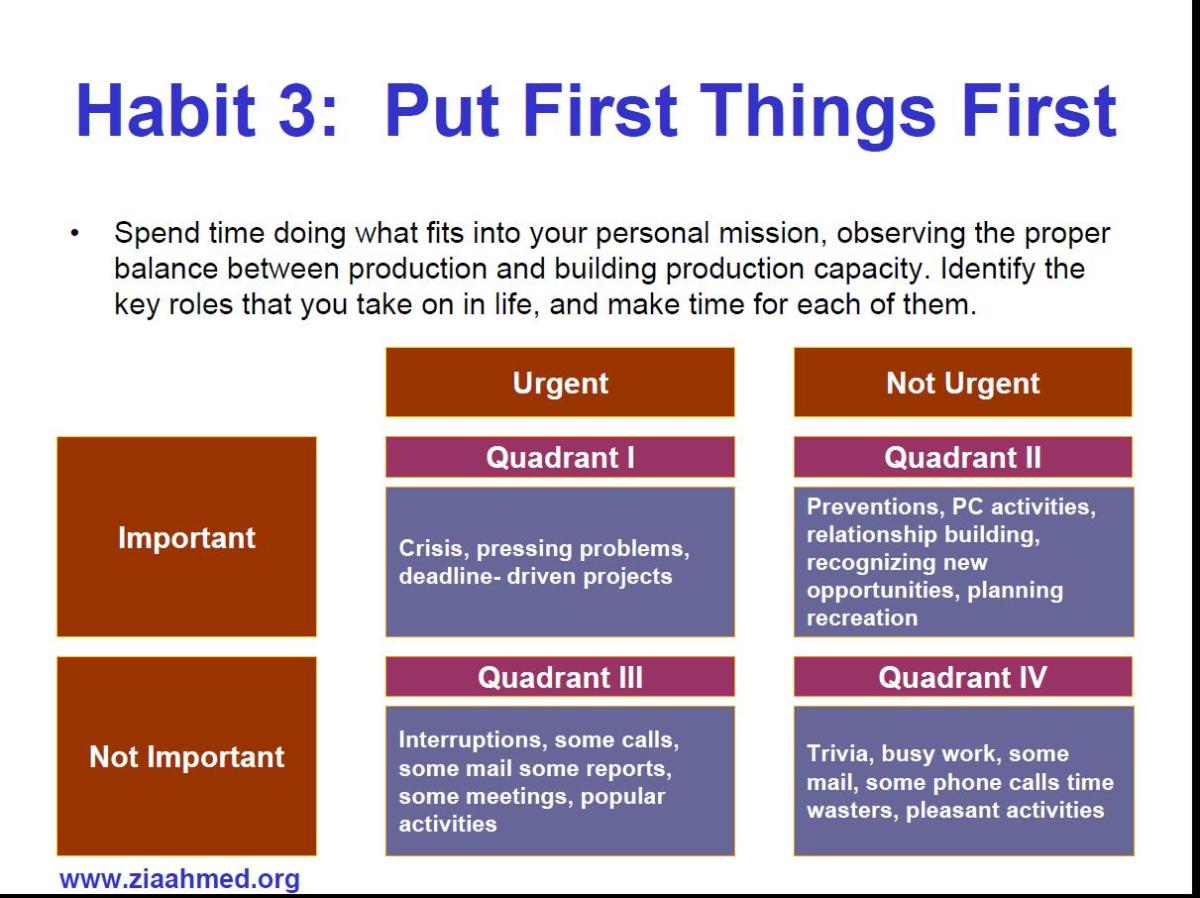Stress and Conflict Management in Project Team
Stress In Project Team
Project Team Stress
Project team stress is an important issue because it affects the efficiency of the team and of each individual team member. Early identification provides the opportunity to intervene before the effects become too severe. An effective form of stress management is useful.
Origins and Symptoms of Team Member Stress Origins
Project team members are particularly susceptible to stress. Typical reasons for this susceptibility include:
• Team members having project and functional bosses, who sometimes make conflicting demands on their time;
• having to work to strict time, cost and quality limits;
• teams having only a relatively short life span;
• projects tending to be relatively complex;
• operating within a frequently changing environment.
The main sources of project team stress are often grouped under the following headings:
• Personal stress;
• Work stress;
Personal stress originates from within the project team member concerned. Even if a person is being subjected to acceptable levels of stress within the project team, personal problems can add additional stress that makes the overall level unhealthy. Personal stresses are almost always outside the control of the project manager. The project manager can attempt to reduce these personal stress levels by directly counseling the team member concerned, or referring him or her to a specialist counselor.
Work stresses originate from the work environment. Obvious examples would be high workload, individual responsibility, conflict, and leadership responsibility. The project manager has some control over these stresses and can take action to reduce them.
Environmental stresses originate from outside both the individual and the workplace. Obvious examples would be fear of unemployment, level of national economic activity, changes in technology, new working practices, and changes in government. Fear of unemployment can be a very significant stress for many people, and it may be exacerbated at times of economic or political uncertainty.
Symptoms
Most people have experienced all three types of stress at one time or another and are familiar with the main symptoms associated with it. These will be grouped under three headings:
• Physiological symptoms;
Physiological symptoms include raised blood pressure and increased heart rate. More advanced symptoms can include persistent nausea, migraine headaches, trembling limbs, sweating and visual disturbance.
Psychological symptoms include sleep interruption (classically manifested as a reduced sleep requirement or poor quality of sleep), depression and anxiety. These are usually coupled with an overall loss of drive and motivation and job satisfaction. More advanced symptoms can include disorientation, memory loss, aggression and perceived physiological symptoms.
Behavioral symptoms include an overall loss in energy and enthusiasm, an increased number of complaints and listlessness. In more advanced cases, absenteeism increases, attendance decreases, working patterns and characteristics change, regulations are disregarded and so on.
Stress Managment
- Encopresis and Enuresis in Stress Disordered Childre...
Understanding the possible reasons for encopresis and enuresis in stress disordered children, ranging from emotional regression to anger. - How to Avoid Stress and Anxiety After Giving Birth
How to Avoid Stress and Anxiety After Giving Birth. Stress and anxiety after giving birth is very common. Usually after giving birth many women suffer stress and anxiety because of the decreasing hormonal levels and the pressures of being a mom,... - Stress Leave
Recently, I approached my doctor about taking some stress leave from my job. I was terribly nervous about doing this, and most of that stress has little to do with the fact that I'd never seen this doctor before and I don't do well with strangers.... - 5 Ways To Get Rid Of Stress
I’ve been called high strung more than once in my life. Whether or not that’s true, I do go through periods when I feel extremely frazzled and have to do something to alleviate the stress. I’ve read the guru books, watched Oprah’s shrinks...
Conflict
- Solving Conflict Resolution: Turn Problems Into Solutions and Opportunities
When you have a problem at work or at home there are ways to deal the problem and the stress that comes with it. You can learn how to look at a problem and turn it into an Opportunity!
Stress Management in Team
Individual Stress Management
Changes in both approaches to work and employer expectations over the last ten years have resulted in a stress aware culture. As people are forced to work more and more efficiently, the incidence of stress related problems has increased dramatically.
Stress counselors have access to a substantial body of research about managing stress. Some key findings from the research relate to:
• Healthy diet;
• reduced tobacco and alcohol consumption (difficult for some project managers!);
• Regular exercise;
• Physiological awareness and control;
• Communication;
• Periodic realignment and reconciliation between goals and self limits;
• Psychological self-examination and seeking advice where necessary;
• Breaks and holidays.
There appears to be a definite link between poor diet , lack of exercise and higher stress levels. Whether this is a cause and effect relationship, and which direction the cause and effect takes, is not totally clear.
Physiological control seeks to counter and relieve stress by a range of methods including learning how to control breathing and respiratory function.
Communication is perhaps the most important single element in avoiding or reducing stress. A significant contributor towards stress arises from the inability of many people to talk about what is causing the stress. Hence, one of the first things that most general practitioners recommend to patients who are suffering from stress is a stress counselor. Simply having somebody who will listen can make a great deal of difference. Teams that listen to each individual empathetically, and communicate well, tend to exhibit fewer symptoms and lower levels of stress.
Project-Team Stress Management
While corporate approaches to stress management are still relatively underdeveloped, many organizations are realizing that stress costs them large amounts of money. Absenteeism, work interruptions, and unreliability all have effects on overall productivity and efficiency. As a result, an increasing number of companies are developing work practices that attempt to control work-stress development. These work practices include the following.
• Deregulation.
Too rigidly defined and applied working practices can be a source of great stress for many employees. One example is strict working hours
• Reasonableness.
Project managers should try to put themselves in the position of the team members. In doing, so they are more likely to treat team members in the way they would like to be treated in similar circumstances.
• Fairness.
It is rare to find a project team where all the team members are equally motivated and doing their best. In most teams, there are some team members who are less motivated or are resentful, and who attempt to do less than their fair share of the work. Equally, there may be some team members who are more dedicated and take on more than their fair share of the work in order to keep the team going. This inequality usually leads to resentment, and this in turn contributes to overall work stress. The project manager should ensure fair play by balancing the workload across all team members according to their abilities, and making sure that all team members perform to the required levels.
• Open mindedness.
It is important that the project manager is able to maintain an open minded attitude. It is very easy for a person to become established in a particular routine and to expect constant adherence to the system. Projects operate under conditions of constant change and it is important that the project manager can identify where a corresponding change in working practices is required.
• Flexibility.
The project will impose varying demands on the project manager and on members of the project team. There will be peaks and troughs in work demand and the project manager should ensure that he or she makes full use of any troughs to allow project team members to take a break or reduce their output for a while. This approach can be psychologically very valuable to team members.
• Approachableness.
The project manager must establish a position where he or she is viewed as being immediately approachable. A lack of communication and feelings of isolation are significant elements in stress development. Team members are generally much happier when they can approach the project manager and explain their worries and concerns.
Conflict in Project Team
Conflict Identification and Resolution
With the exception of the most simple of projects, conflicts are likely to arise from time to time between various individuals and/or groups involved in delivering any project. The efficient identification and management of conflict is essential.
Sources of Conflict
Conflict as a phenomenon is a natural by-product of human interaction. When it is constructive it can be useful in developing team relationships and it is a feature of the decision-making and problem solving approaches used by most successful heterogeneous teams. This type of constructive conflict is sometimes referred to as ‘meaningful’ conflict. In most cases the project manager will not intervene unless it reaches a level that is no longer beneficial to the overall aims and objectives of the organization. In a fast changing project environment, conflict is almost certain to occur at some point in the project life cycle. Conflict results to some extent from change, but it can arise for numerous reasons. Typical examples include:
• Onerous resource constraints and limitations;
• Pressure to increase speed and/or reduce costs;
• Pressure to meet demanding deadlines;
• Imposition of new aims and objectives;
• Change and consequent need for realignment;
• conflicting functional and project demands;
• Personality clashes;
• Misunderstandings and differing interpretations of requirements;
• Incorrect or late information and communications;
• Individual perceptions of inequalities;
• Underlying resentment.
Conflict Characteristics
It has been observed that, in general, the more multidisciplinary the nature of any team, the greater the tendency for conflict. Project management, by making use of shared resources from many disciplines, is particularly susceptible to conflict. In addition, project pressure puts a lot of stress on the project team players and when this stress is particularly high, tempers can become frayed and levels of tolerance can become greatly reduced. Conflict does not only arise out of bad feeling but may involve a genuine, heartfelt disagreement over a particular issue; it is not necessarily destructive. Positive action may result in avoiding action that may have been disastrous for the project in general.
• The greater the heterogeneity or multidisciplinary nature of the team the greater the potential for project team conflict
• The lower the project manager’s degree of power and authority within the functional organization, the greater the degree of potential for project team conflict.
• The lower the degree of specified and quantifiable objectives, the greater the degree of potential project team conflict.
• The lower the level of individual communication and accountability within the project team, the higher the degree of potential project team conflict
• The greater the degree of change required, the greater is the potential for conflict to arise. Change is a catalyst for conflict. Change requires all kinds of alterations to the established and evolving project organizational and technical structures.
• The lower the relative perceived prestige of the project, the greater the degree of potential conflict.
Approaches to Conflict
There are two main approaches to conflict within organizations. The traditional view is that conflict is always bad and is to be avoided if possible; if it cannot be avoided, strict procedures should be put in place within the control system to make sure that the conflict is resolved as quickly as possible. The alternative approach, the contemporary view, considers that some conflict may be useful; it can be used to maintain group dynamics and to prevent team stagnation. The main factor is making sure that divergences of opinion are monitored and managed; provided that this is done, the conflict may actually contribute to team development and evolution.
Conflict tends to be at its greatest during the highly active phases of the project and is reduced at both the start and the end. Outside this typical pattern, it is difficult to generalize on the nature of conflict within the project environment.
Experienced project managers should ask the following questions when seeking to identify the source of the conflict:
• What is the source of the conflict?
• Why is the conflict occurring?
• What is the potential impact of the conflict on the project?
• Can the conflict be reduced or eliminated and if so how?
• Could the conflict have been foreseen and can similar occurrences be avoided in future?
The first question is perhaps the most important. A significant proportion of project conflict originates from contradictions or inconsistencies within the project objective criteria. It is obviously very important that the objectives and success criteria for the project are communicated accurately and effectively to all the individuals who are involved with the project. If this clarity and communication does not occur, different members of the project and functional teams might develop different perceptions of what the project is trying to achieve. This potential incompatibility is an obvious origin for future conflict.
Conflict Management in Team
Conflict Management
Project conflict is a natural occurrence. Thus, a project manager has to be a conflict manager and reduce levels of conflict where necessary. There are several alternative approaches for managing conflict, as set out next:
• Conflict avoidance.
Senior managers within an organization may know about a conflict but chose to avoid becoming involved. This may arise when no reasonable or acceptable solution can be found, or because the matter is deemed to be insufficiently important to justify any detailed conflict resolution.
• Conflict absorption.
A manager might absorb the costs of a conflict where a mistake has been made, or where circumstances have changed to such an extent that the manager’s previous position is no longer tenable.
• Conflict resolution imposition.
Conflict resolution imposition occurs where there is no alternative. This kind of approach is justified in extreme or emergency situations. An organization might suddenly find itself in extreme financial difficulties because of some unforeseen event, and as a result it has to take extreme action with no time for consultation or negotiation.
• Negotiated conflict resolution.
This option involves accepting that there is a conflict and then attempting to agree or negotiate a mutually acceptable solution. This usually involves some compromise between the positions adopted by the parties to the conflict.
It is important to deal with conflict as quickly as possible to ensure that a project team’s performance does not suffer as a result of minor disagreements between key players. The project manager will usually be the main arbitrator in any contentious situation within the project team. His or her judgment is unlikely to be popular with everyone, but it is an important driver for the project.
Habits of Success
